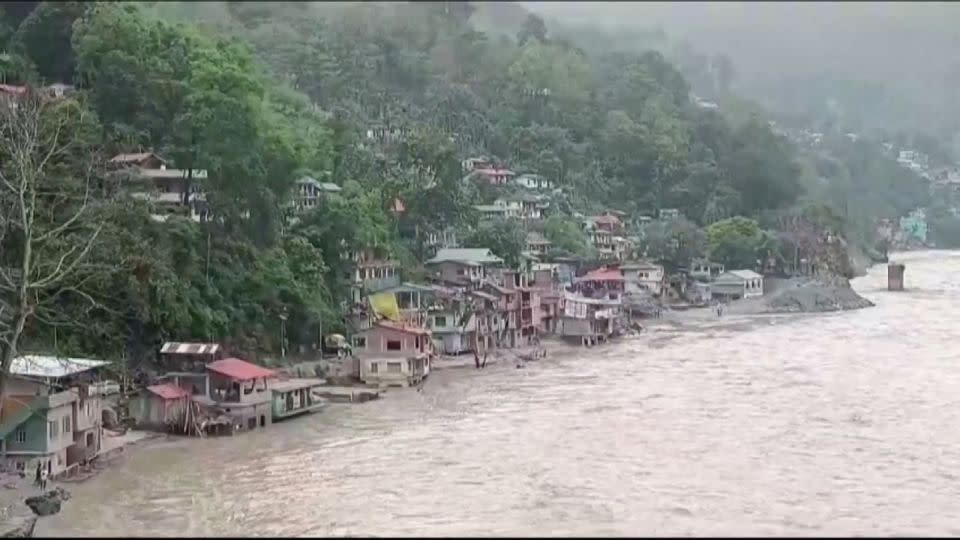Himalayan region landslides kills 10, leaves 2,400 tourists stranded in northeastern India
At least 10 people have died in flooding and landslides across Himalayan regions of India and Nepal following heavy rainfall on Thursday, according to local officials. The severe downpours have also left 2,400 tourists stranded in the northeastern Indian state of Sikkim.
Six people died in India’s Sikkim state and another four died from a landslide in neighboring Nepal’s Koshi province, according to officials.
“It’s continuously raining since the past 36 hours … we have recovered the dead bodies and they have been handed over to the families,” Hem Kumar Chettri, a district magistrate from Sikkim told CNN. At least 45 houses, roads, bridges and infrastructure had been “badly damaged” by the rainfall, he added.
Bordered between Bhutan and Nepal, the northeastern state of Sikkim is known for its scenic Himalayan landscapes, boasting 28 mountain peaks, 21 glaciers and more than 200 lakes. But like any mountainous region, it is prone to deadly flash floods and landslides.
Last year dozens of people died after a glacial lake in the state burst following torrential rain and scientists have warned extreme weather will become more frequent and more intense as the human-caused climate crisis intensifies.


Chettri said approximately 2,400 tourists are stranded in various tourist spots in the state after landslides covered roads with debris and heavy rainfall damaged some bridges.
“They are stranded but they are safe, we have spoken with hotel owners to house them till the weather improves, no one is on the roads … we have advised tourists to stay where they are,” he said.
State disaster response forces have been deployed to clear roads. “The damage is really bad so it will take time but hopefully within a week we will be able to restore connectivity,” Chettri said.
India’s Meteorological Department said “occasional intense spells of rainfall” were very likely to continue over Sikkim on Friday. Neighboring West Bengal state has also been affected by flooding in recent days, with trees uprooted, buildings damaged and high water levels in the Teesta River.
While the north grapples with torrential rains, India has endured a record long summer — with a part of the capital Delhi recording the country’s highest-ever temperature of 49.9 degrees Celsius (121.8 Fahrenheit) last month.
Rising temperatures in the country also risk reversing progress on poverty alleviation, health and economic growth.
For more CNN news and newsletters create an account at CNN.com

 Yahoo News
Yahoo News 
